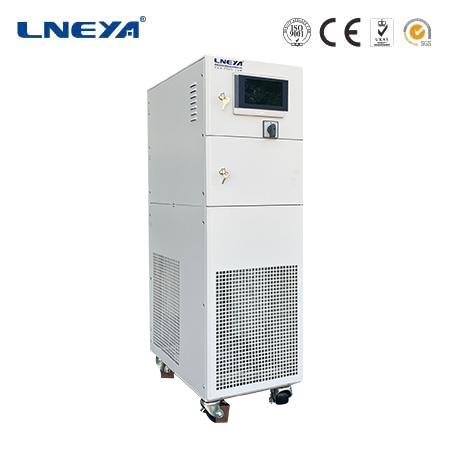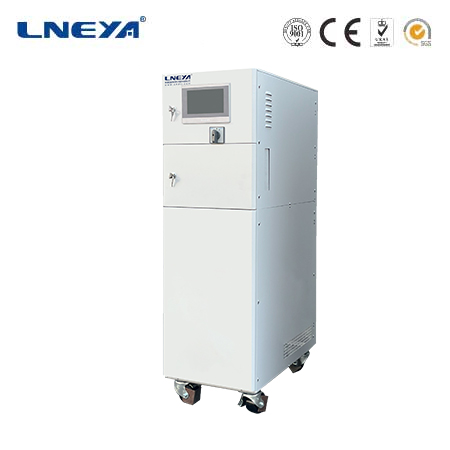thermic fluid
Introduction to Thermic Fluids
Thermic fluids are a class of synthetic liquids engineered to serve as heat transfer agents in industrial processes. They are designed to circulate within closed systems, transferring heat from a source to a process or equipment that requires heating. The unique properties of thermic fluids, such as high thermal stability and heat capacity, allow them to operate at elevated temperatures without breaking down, making them indispensable in various high-temperature applications.

Properties of Thermic Fluids
Thermic fluids are chosen for their ability to withstand high temperatures, resist thermal degradation, and provide efficient heat transfer. Key properties include:
High Thermal Stability: They can operate at high temperatures without decomposing.
High Heat Capacity: They can absorb and transfer large amounts of heat.
Low Viscosity: They flow easily, reducing pumping power requirements.
Chemical Stability: They resist chemical reactions that could lead to degradation.
Non-Toxicity: They are designed to minimize health and environmental risks.
Types of Thermic Fluids
There are several types of thermic fluids, each with specific properties suited to different applications:

Mineral Oils: These are the most common and are suitable for moderate temperature applications.
Synthetic Fluids: These are designed for high-temperature applications and offer better thermal stability.
Silicone Fluids: Known for their high thermal stability and oxidation resistance.
Glycol-Based Fluids: These offer good heat transfer properties and are used in lower temperature ranges.
Applications of Thermic Fluids
Thermic fluids are used in a wide range of industries for various applications:
Chemical Processing: For heating reactors and other process equipment.
Oil and Gas: For heating pipelines and process equipment in refineries.
Power Generation: For heating systems in power plants.
Pulp and Paper: For drying processes in paper production.
Food Processing: For temperature control in cooking, baking, and pasteurization processes.
Advantages of Thermic Fluids
The use of thermic fluids offers several advantages:

Efficient Heat Transfer: They provide uniform and efficient heat distribution.
Long Service Life: With proper maintenance, thermic fluids can last for many years.
Safety: The closed-loop system design reduces the risk of烫伤 and fire hazards.
Versatility: They can be tailored to suit a wide range of temperatures and applications.
Energy Efficiency: They minimize heat loss, improving overall energy efficiency.
Conclusion
Thermic fluids are essential in industrial processes that require efficient and reliable heat transfer. Their unique properties allow them to operate at high temperatures without compromising safety or efficiency. As industries continue to demand more from their heating systems, the role of thermic fluids in ensuring process reliability and safety becomes increasingly important.
Note: This article is intended for informational purposes only and does not endorse or promote any specific products or services. It is designed to provide a comprehensive understanding of thermic fluids and their importance in various industrial applications.
Related recommendations
thermonics temperature forcing system
126Thermonics Temperature Forcing System: A Comprehensive OverviewIn numerous scientific, industrial, and technological endeavors, the ability to precisely control and manipulate temperatures is ess...
View detailssistem water cooled chiller
362Understanding Water-Cooled Chiller Systems Water-cooled chiller systems are an essential component of Heating, Ventilation, and Air Conditioning (HVAC) in commercial, industrial, and institutio...
View detailsprocess heater manufacturers
60Core Responsibilities of Process Heater ManufacturersThe primary role of process heater manufacturers extends beyond mere production; it involves a range of activities to deliver effective heatin...
View detailsglycol chilled water system
185Glycol chilled water systems have become an integral part of many industries and applications where efficient and reliable cooling is required. By using a mixture of glycol and water as the heat -...
View details
 LNEYA Thermal Test Chillers
LNEYA Thermal Test Chillers






HelloPlease log in